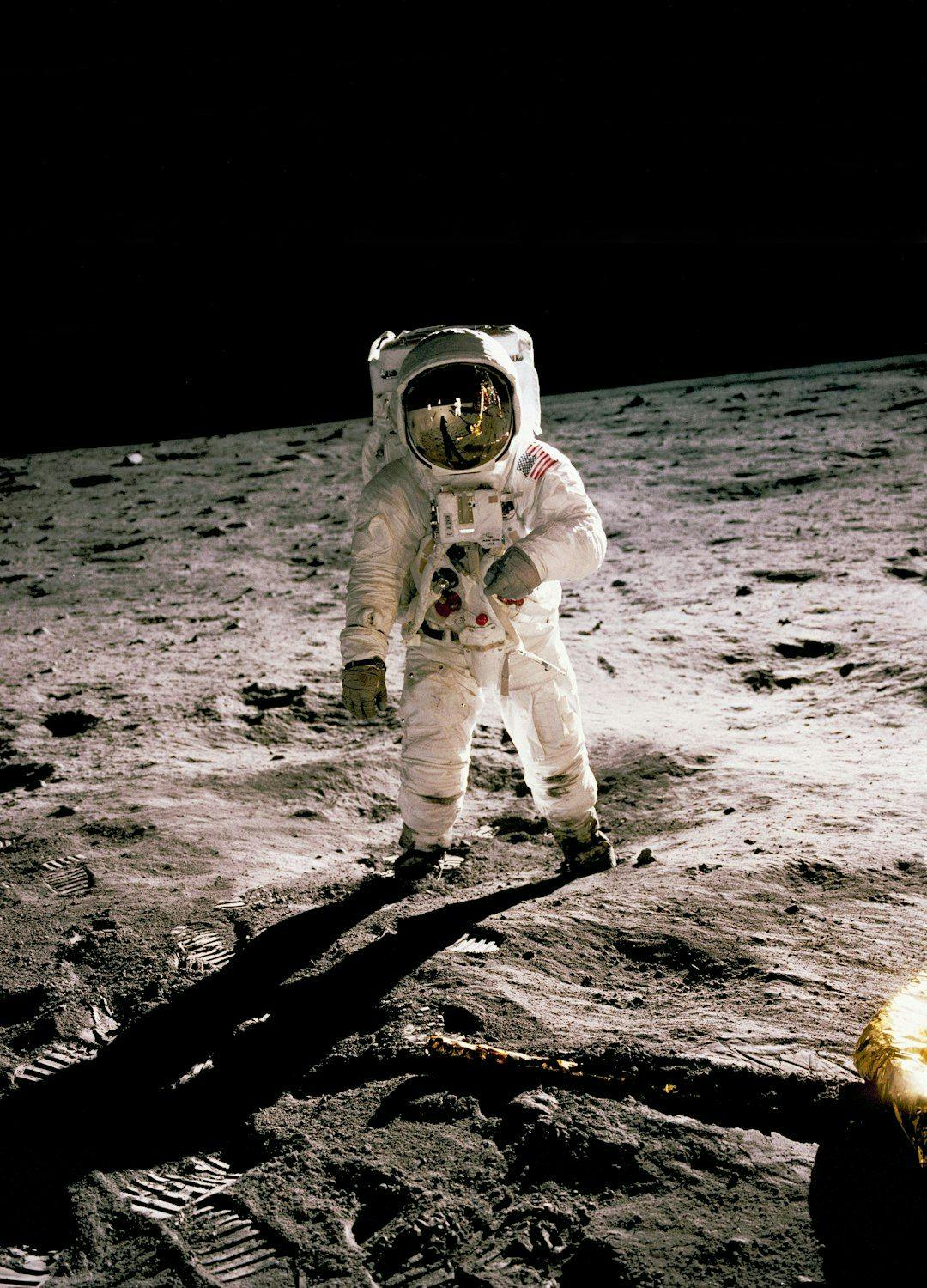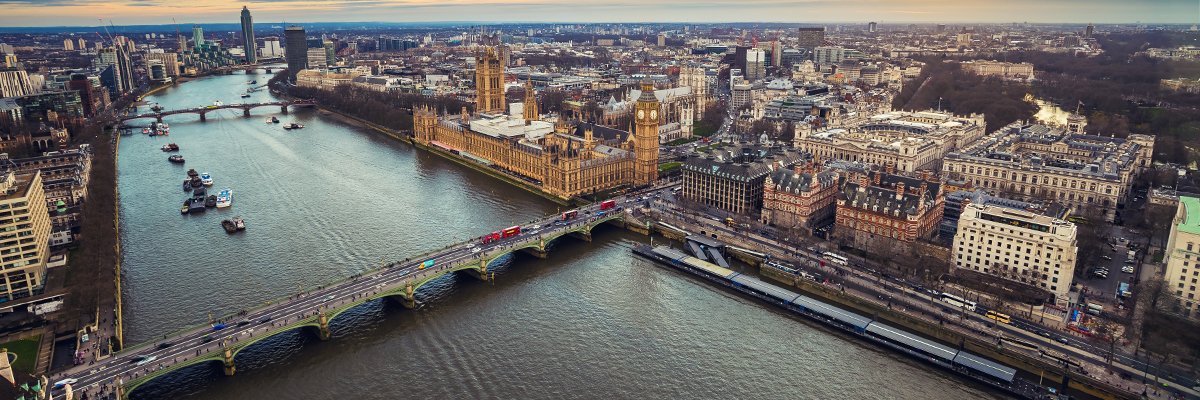Some people say that good things only happen ‘when the stars align’.
Until that happens, the best the universe can offer is aligning planets, we’re afraid – but it’s still pretty exciting.
Throughout January, six planets will line up in the night sky, with tonight offering the best chance of viewing the ‘planet parade’.
Venus, Saturn, Jupiter, and Mars will be visible with the naked eye, while Uranus and Neptune can be spotted too if you have a telescope.
The Met Office said that those in the north and west will have a better chance of being able to see the show tonight, while those in the south east may struggle more due to patchy cloud cover.
Scotland will get the clearest view, so if you’re north of the border, you’re in luck.
Things will get even more otherworldly next month, when for a brief few days around February 28 all the planets in the solar system will be visible at once, including Mercury which is left out of tonight’s display.

‘These multi-planet viewing opportunities aren’t super rare, but they don’t happen every year, so it’s worth checking it out,’ Nasa said.
If you miss it tonight due to gloomy weather (or just from falling asleep), fear not, as it’s not the only chance, even if it is one of the best.
Look up in the hour just after the sun sets and you’ll see Venus and Saturn in the southwest for a few hours, shining so brightly you might mistake them for aeroplane lights.
Or, you know, stars. Those other lights in the night sky you can see most days.
Jupiter, meanwhile, will glisten just above and the red planet to the east.
And, on one day, Uranus might be just bright enough that five planets will be visible when you crane your neck up.
Don’t wait for it to get completely dark, however, because then some may dip back below the horizon.
When will we see the planets align?
Despite the name, a planetary alignment isn’t when the planets get in a row, it’s when a fair few gather on one side of the Sun. A planetary parade, meanwhile, describes them all being visible in the sky.
The best day and time to see this six-planet parade is just after sunset tonight until 9pm on January 21, according to the Royal Museums Greenwich.
And the fab four visible with the naked eye could become the fab five if the skies are crystal clear – there’s a chance Uranus will appear as a faint speck.

Uranus will be in the same patch of sky as Venus, Mars, Saturn and Jupiter this month but likely won’t be bright enough to be visible without observational equipment. The same goes for Neptune.
If you have a telescope or high-powered binoculars, Uranus will be roughly west of Jupiter, while Neptune is to the upper left of Saturn and Venus.
Space officials say planetary alignments aren’t super rare but aren’t exactly common either, often only taking place every few years or so.
‘Now, these events are sometimes called “alignments” of the planets, and while it’s true that they will appear more or less along a line across the sky, that’s what planets always do,’ Nasa says.

‘That line is called the ecliptic and it represents the plane of the solar system in which the planets orbit around the Sun.’
The agency adds: ‘Is it a “planet parade”? This isn’t a technical term in astronomy, so call it what you wish!’
How to view the six planets aligning
For anyone hoping to see this rare-ish celestial spectacle, head outside for about half an hour to let your eyes adjust to the darkness too.
If possible, get as far away from street lights and other artificial lights as possible. You can use light pollution maps like this one to find the best viewing spots.
Experts also recommend people use finder-charts – maps of the stars – or stargazing apps to help discern the planets from stars twinkling in the sky.
A good hack to differentiate them from one expert is to close one eye, reach out your arm and pass your thumb over a bright dot in the sky.
If the speck dims when your thumb passes it, it’s a planet. If it immediately blinks out as if you switched the light off, it’s a star.
Get in touch with our news team by emailing us at [email protected].
For more stories like this, check our news page.
MORE: Space expert reveals dangers Nasa’s stranded astronauts can expect on rare spacewalk – after seven months stuck in orbit
MORE: The Moon has been listed as a ‘vulnerable site’ for the first time – here’s why
MORE: SpaceX’s gigantic Starship rocket explodes minutes into latest test flight




/cdn.vox-cdn.com/uploads/chorus_asset/file/25590829/Screenshot_2024_08_27_at_9.05.57_AM.png)



